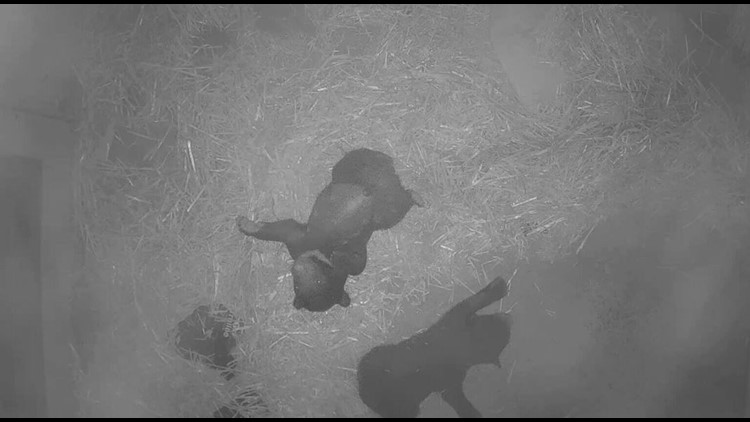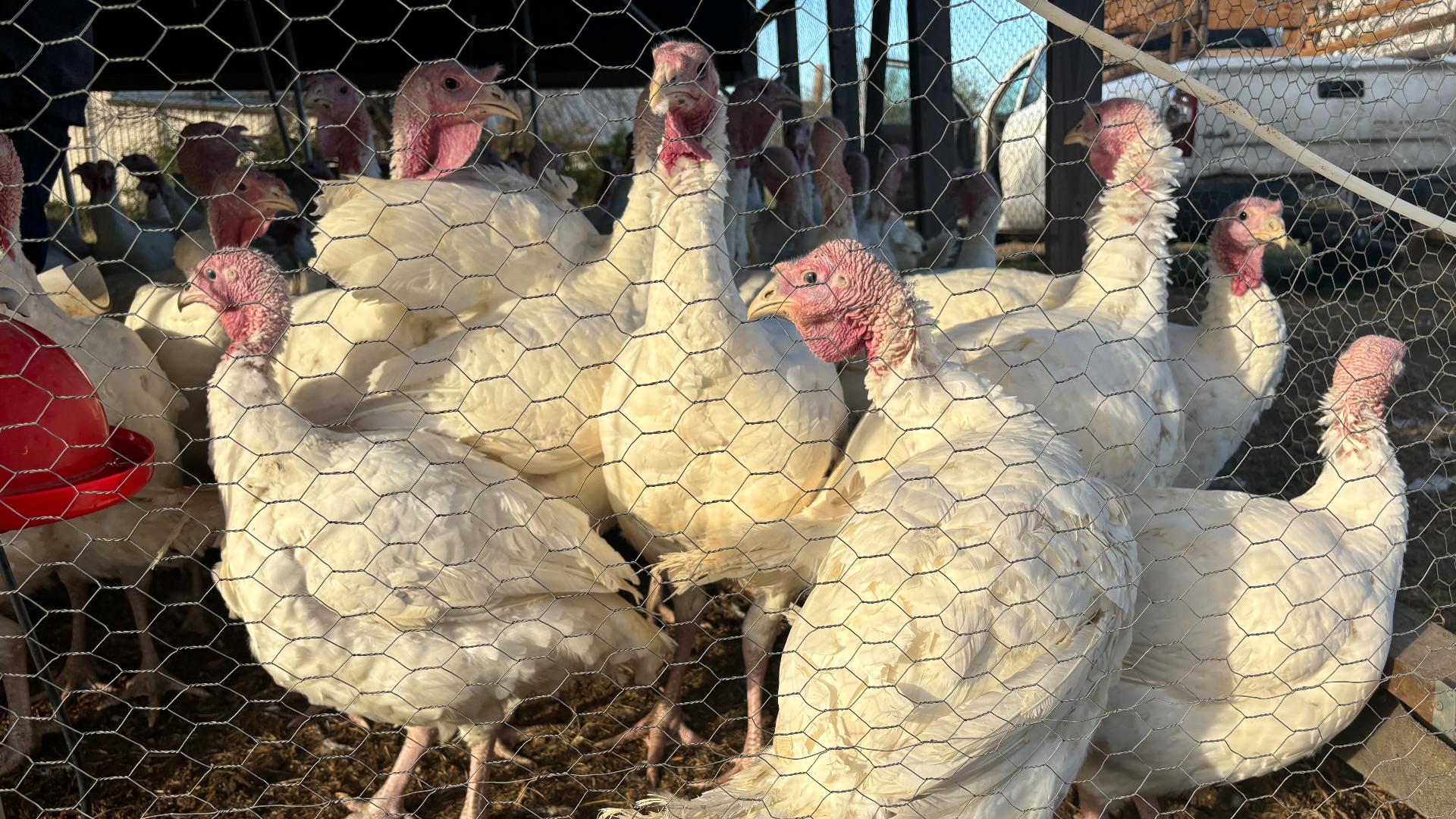PHILADELPHIA — The Philadelphia Zoo this week announced the birth of two threatened sloth bear cubs.
The cubs were born to 10-year-old mom Kayla and 10-year-old proud papa Bhalu at 3:53 a.m. and 4:16 a.m. on Jan. 2, the zoo said in a press release.
It is the second successful birth of this species at the facility in the last four years and marks the first successful pair of cubs of this species born in more than 30 years at the zoo, the press release added.
Both parents and their new offspring are doing well, and zoo staff are monitoring their health via a camera in the den, which is not open to the public.
The sex of the cubs has not yet been determined and names have not been chosen, the Zoo said.
The cubs will not be visible to the public until April, when their mother decides it is time for them to venture out, the Zoo added.
“Philadelphia Zoo is proud to participate in the Association of Zoos and Aquarium’s Species Survival Plan (SSP) for the threatened sloth bear,” said Philadelphia Zoo Vice President of Animal Well-Being Rachel Metz. “We are looking forward to sharing the developmental milestones of these amazing bear cubs with our guests.”
The Philadelphia Zoo said it works with the Species Survival Plan (SSP) breeding program of the Association of Zoos and Aquariums (AZA). The goal of this program is to manage populations of threatened, endangered and other species across AZA institutions to maintain long-term genetic and demographic viability to protect species from extinction.
“We are thrilled to start off 2023 with these successful births,” said Philadelphia Zoo Curator of Carnivores and Ungulates Maggie Morse. “This was a collaborative effort from both our expert keepers and our veterinary team. Kayla has been trained by her keepers to do voluntary ultrasounds so we were able to keep the SSP updated with news of a successful pregnancy.”
Sloth bears are found in the lowland forests of India, Nepal and Sri Lanka and are listed as vulnerable by the International Union for Conservation of Nature (IUCN) with populations decreasing dramatically in recent decades due to habitat loss, human-wildlife conflict and poaching.
Sloth bears have several distinctive features and behaviors. They have flexible snouts with protruding upper and lower lips and powerful lungs that allow them to dislodge and eat termites and ants that are 8-10 feet underground. They can also voluntarily close their nostrils to make sure no insects enter their nose.
Aside from insects, sloth bears eat fruits, flowers and honey. They also have long, dark shaggy fur with a distinct, cream-colored "U" or "Y" shaped marking on their chests.
Adult males can weigh between 175-310 lbs. Females are smaller and weigh 120-210 lbs.
A typical gestation for sloth bears is 6-7 months. Like other bear species, sloth bears have delayed implantation, meaning that the fertilized egg does not attach to the uterine wall and start developing right away, and that delay is variable.
Sloth bears are small at birth, weighing only about a pound and are essentially helpless, relying completely on their mother for care. The mother will typically care for the young for several months in a sheltered den before the cubs begin to emerge.
Cubs can begin walking on their own at about a month old. At around 3-4 months, mom and cubs will emerge from the den, and unlike any other bear species, cubs will ride on mom's back by clinging to her long fur.
The cubs will stay on mom's back for about 6 months and nurse from mom for about a year, and remain with her for 2-3 years.
Father bears are not at all involved with infant care, or are even nearby in the wild, the zoo said.



